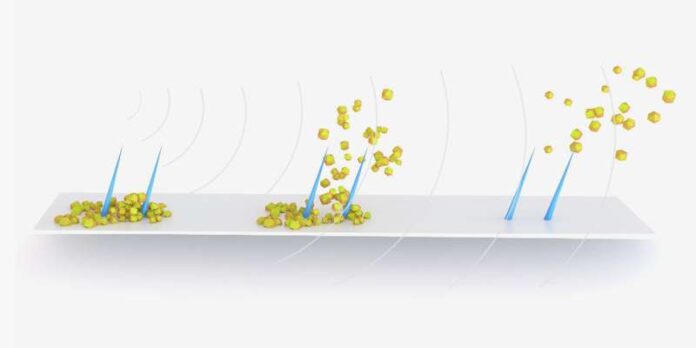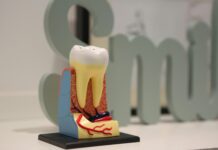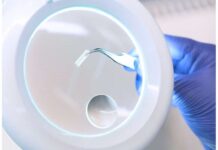Urinary stents and catheter are implanted medical tubes. That are commonly used in both human and veterinary medicine to drain urine to and from the bladder. Ureteral stents are used to treat ureter blockages caused by tumors, pregnancy, stones, or anatomical constriction.
Biofilm, which is formed by bacteria, and crystalline deposits known as encrustation. It occurs on the inner and outer surfaces of such stents. And catheters shortly after implantation and are among the leading causes of device failure. Due to painful blockages and urinary infections.
To address these concerns, urinary stents and catheters must be replaced every two to six months. It doesn’t only significantly reduces the quality of life for people affected but also increases hospital load and expenditures.
In a recent study led by Daniel Ahmed, Professor of Acoustic Robotics at ETH Zurich, and Francesco Clavica from the ARTORG Center at the University of Bern, an interdisciplinary team replicated the architecture. And flow conditions of stented ureters and demonstrated that ultrasound-activated artificial cilia on the stent’s surface can efficiently remove biofilms and encrustations. These results were published in the Proceedings of the National Academy of Sciences.
The researchers anticipate future medical devices with cilia on the inner and outer walls that, when activated via ultrasound via the skin. It provides an efficient streaming that loosens germs and crystals from surfaces and flushes them away. This allows for non-invasive cleaning of stents and catheters, considerably minimizing the risk of occlusion.
The researchers demonstrated that ultrasonic waves that impact flat surfaces produce very little streaming. If, on the other hand, the surface contains microstructures with sharp edges, such as cilia, acoustic streaming is produced, which is extremely efficient. The microfluidics trials produced considerably better results than the researchers had anticipated.
Ahmed, co-lead author of the study said
“In all tests, typical encrustations and biofilms, found in urinary stents and catheters, could be removed within minutes or even
seconds using our technology,”
This technology could be used not only in urology, but also in other areas such as visceral surgery or veterinary medicine, where the cleaning of implanted medical devices is also crucial.




